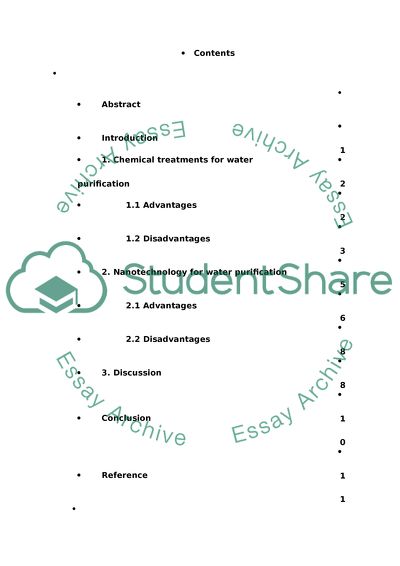Cite this document
(“Chemicals and Nanotechnology in Water Purification Essay”, n.d.)
Retrieved from https://studentshare.org/engineering-and-construction/1401136-how-to-purify-water-by-using-chemical-and
Retrieved from https://studentshare.org/engineering-and-construction/1401136-how-to-purify-water-by-using-chemical-and
(Chemicals and Nanotechnology in Water Purification Essay)
https://studentshare.org/engineering-and-construction/1401136-how-to-purify-water-by-using-chemical-and.
https://studentshare.org/engineering-and-construction/1401136-how-to-purify-water-by-using-chemical-and.
“Chemicals and Nanotechnology in Water Purification Essay”, n.d. https://studentshare.org/engineering-and-construction/1401136-how-to-purify-water-by-using-chemical-and.


